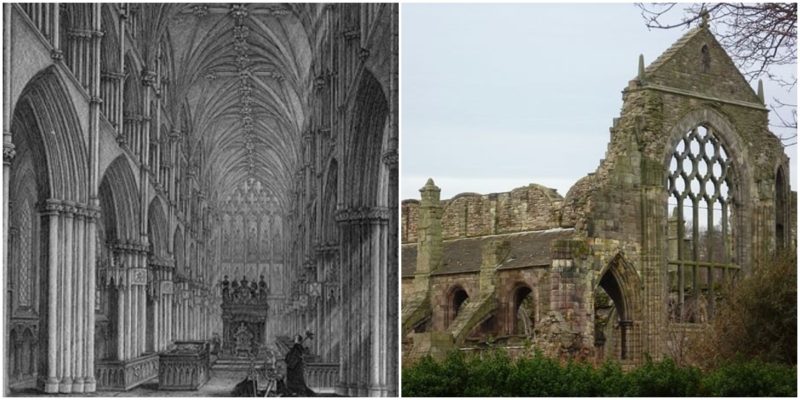“In the deep twilight we went today to the palace were Queen Mary lived and loved…The chapel below is now roofless. Grass and ivy thrive there and at the broken altar where Mary was crowned Queen of Scotland. Everything is ruined, decayed, and the clear heavens pour in. I think I have found there the beginning of my ‘Scottish’ Symphony.” – Felix Mendelssohn
Holyrood Abbey is a ruined Augustinian abbey located in Edinburgh, Scotland. The abbey was constructed in 1128 by King David I of Scotland for the Augustinian Canons Regular. According to medieval legend, the construction of the abbey was God’s will, coming to the realization after a divine intervention with a deer. The story says that King David was hunting in the woods east of Edinburgh during the Feast of the Cross (a day of commemoration in the Christian calendar) in 1127 when a wild stag attacked him.
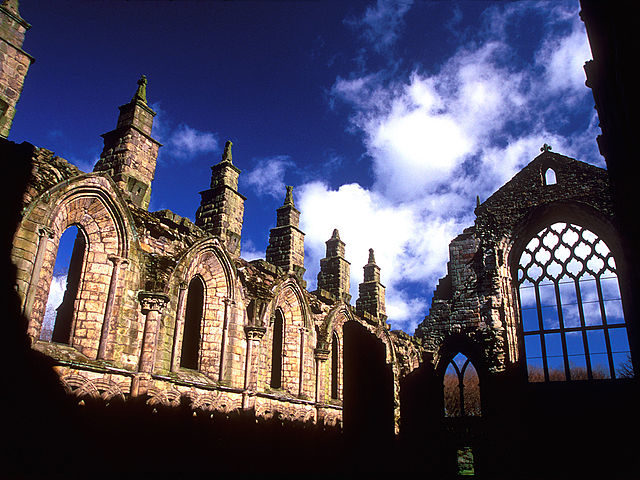
Thrown on the ground from his scared horse, he found himself face to face with the wild animal, which was ready to kill him. Out of nowhere, as the king attempted to grasp the stag’s antlers them in self-defense, he saw a shining holy cross appear in the sky. Then the stag turned and fled the scene, and the king was saved. He was moved by the miracle and interpreted this as an act of God. Believing that this was a purely spiritual event and as an act of thanksgiving for his miraculous escape, King David immediately declared that an abbey should be erected on the same spot where he encountered the stag and the cross. Construction of the abbey began the following year.
Holyrood, the name of the abbey and later of the adjoining palace, means “Holy Cross” (rood is an old word for a cross or crucifix). The abbey was given a piece of the True Cross by his mother, St. Margaret, which was brought from Waltham Abbey, and kept in a golden reliquary at the Holyrood Abbey till the 14th century. The True Cross was also known as the Black Rood of Scotland. After the battle of Neville’s Cross in 1346, this precious and sacred fragment of the Cross fell into the hands of the English and was placed in Durham Cathedral. The relic later disappeared during the Reformation.
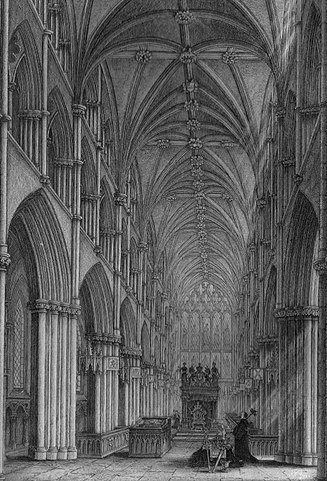
The abbey was thus constructed in the late 12th century on a luxury template, with a massive nave of eight bays. The enormous building also had a six bay aisled choir and three transepts with a central tower above, also huge twin towers at its west front. Some detailed parts of the church, like the doorway and the north wall, can still be seen in their original Romanesque architectural style. The rest of the building, on which major renovation was made during the 13th century, demonstrates a perfect example of Gothic architecture, especially the dominant arches.
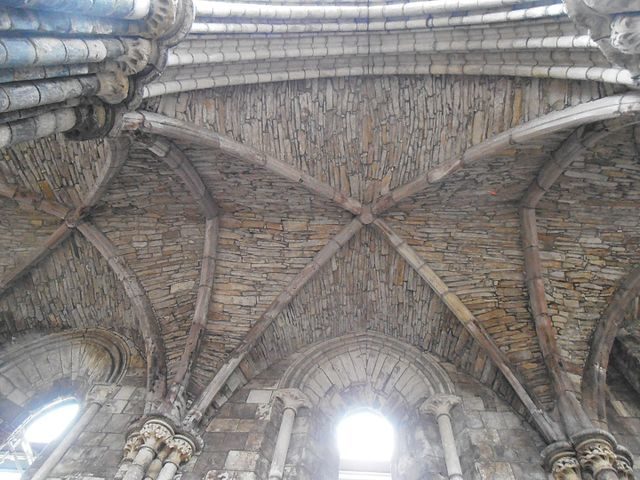
The abbey has been witness to a historic events and collateral damage of the turbulent past of the region. Because it was nearby to Edinburgh Castle, Scottish monarchs frequented the abbey and prayed there. James II, III, and IV were all married at Holyrood Abbey, and James II and Charles I were crowned there. The Parliament of Scotland several times met at the abbey during the centuries. In the 16th century, because of political events and warfare, its period of regular use was slowly ending. During the War of the Rough Wooing, the English armies of the Earl of Hertford caused structural damage of the abbey, stealing the bells and lead from the roof, as well as valuable items from within. During the Scottish Reformation the abbey suffered further damage and monastic services ceased, and in 1570 the eastern end of the Abbey was demolished. Holyrood then served as a parish church which in 1688 was looted again and the altars destroyed. There was an attempt made at replacing the roof in 1758, but the new roof was badly constructed and fell in on itself 10 years later, leaving Holyrood Abbey with the ghostly shape that has it now.
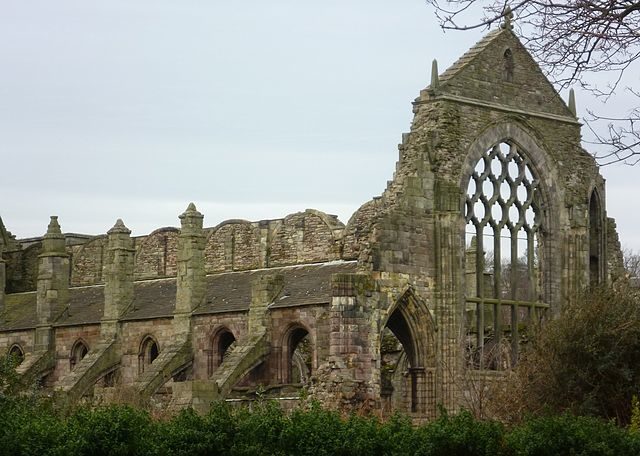
Many artists, poets and writers have been influenced by the charming remains of Holyrood Abbey. One of them was the composer Felix Mendelssohn. He visited the abbey during his first visit to Britain on 30 July 1829 and was moved by the melancholy impressiveness of the ruins and here found inspiration for his great Scottish symphony (The Symphony No. 3 in A minor, Op. 56).
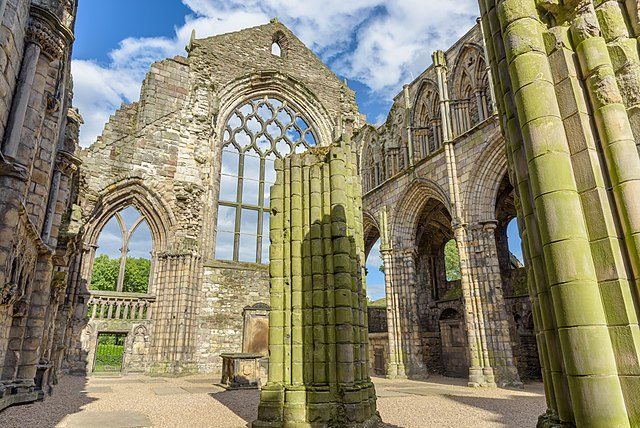
At the end of the 17th century, the official Scottish residence of the British monarch, Holyrood Palace, was erected next to the Holyrood Abbey. Today, the roofless abbey and the Royal Palace attract many tourists and are one of the symbols of the city of Edinburgh.
